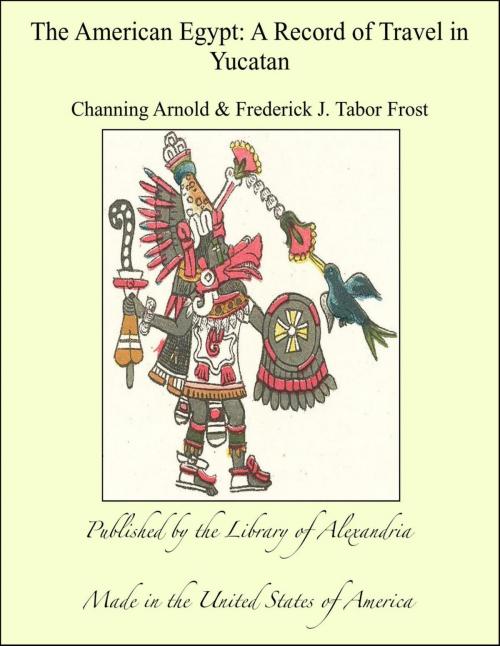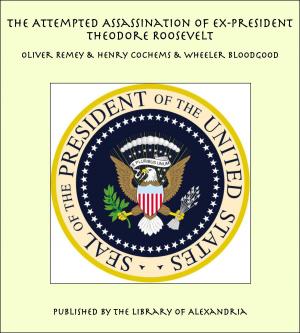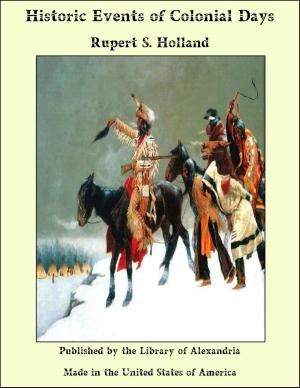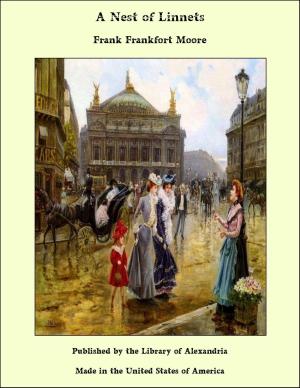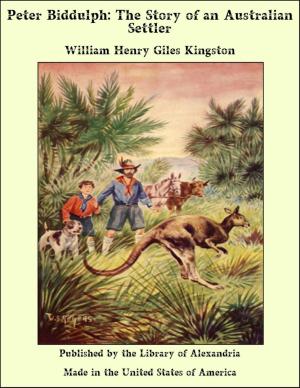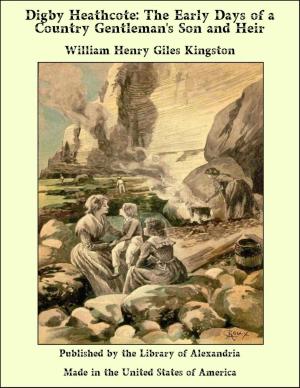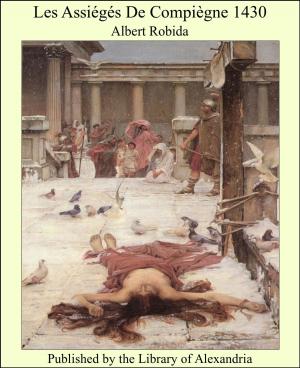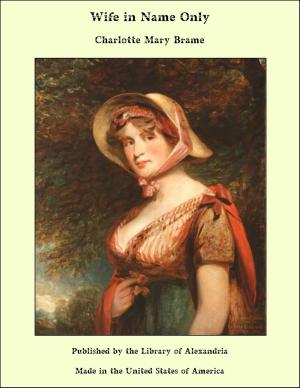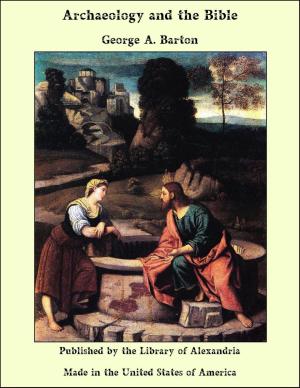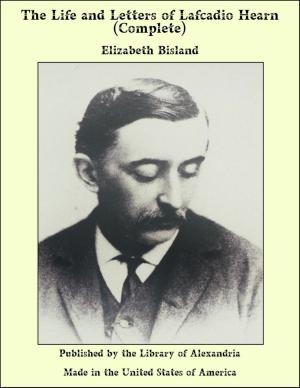The American Egypt: A Record of Travel in Yucatan
Nonfiction, Religion & Spirituality, New Age, History, Fiction & Literature| Author: | Frederick J. Tabor Frost & Channing Arnold | ISBN: | 9781465574299 |
| Publisher: | Library of Alexandria | Publication: | March 8, 2015 |
| Imprint: | Language: | English |
| Author: | Frederick J. Tabor Frost & Channing Arnold |
| ISBN: | 9781465574299 |
| Publisher: | Library of Alexandria |
| Publication: | March 8, 2015 |
| Imprint: | |
| Language: | English |
In publishing the present volume, it is our privilege to produce the first book ever written by Englishmen on Yucatan—that Egypt of the New World, where, it is now generally admitted, Central American Civilisation reached its apogee—and to be, for the present at least, the only Englishmen who can claim to have explored the uncivilised north-eastern portions of the Peninsula and the islands of her eastern coast. Mr. A. P. Maudslay, who in 1889 made a lengthy stay at and a detailed survey of Chichen, has done yeoman service to Central American archæology by his years of patient work (alas! too little appreciated) in Guatemala, in the Usumacinta district and Southern Mexico. Work, and wonderful work, has been done in civilised Yucatan by bands of earnest labourers from the States, from Germany, and from France. Among these the most notable is the late J. L. Stephens, the American traveller, who visited Yucatan in 1842, and who is justly regarded as the Father of Mayan archæology. In his footsteps has followed, during recent years, Mr. Edward H. Thompson, one of the most painstaking and accomplished of American archæologists. France has been represented by M. Desiré Charnay, and latterly by Count Perigny. Of the German field-workers the most assiduous have been Professor Seler, T. Maler, and K. Sapper; while all who wish to see the Mayan problem solved must pay a meed of thanks to the eminent Professor Forstemann for his attempts to decipher the inscriptions, even if they feel, as do we, that he has allowed his enthusiasm to lead him too far astray on a will-o'-the-wisp path of inquiry and theory.
In publishing the present volume, it is our privilege to produce the first book ever written by Englishmen on Yucatan—that Egypt of the New World, where, it is now generally admitted, Central American Civilisation reached its apogee—and to be, for the present at least, the only Englishmen who can claim to have explored the uncivilised north-eastern portions of the Peninsula and the islands of her eastern coast. Mr. A. P. Maudslay, who in 1889 made a lengthy stay at and a detailed survey of Chichen, has done yeoman service to Central American archæology by his years of patient work (alas! too little appreciated) in Guatemala, in the Usumacinta district and Southern Mexico. Work, and wonderful work, has been done in civilised Yucatan by bands of earnest labourers from the States, from Germany, and from France. Among these the most notable is the late J. L. Stephens, the American traveller, who visited Yucatan in 1842, and who is justly regarded as the Father of Mayan archæology. In his footsteps has followed, during recent years, Mr. Edward H. Thompson, one of the most painstaking and accomplished of American archæologists. France has been represented by M. Desiré Charnay, and latterly by Count Perigny. Of the German field-workers the most assiduous have been Professor Seler, T. Maler, and K. Sapper; while all who wish to see the Mayan problem solved must pay a meed of thanks to the eminent Professor Forstemann for his attempts to decipher the inscriptions, even if they feel, as do we, that he has allowed his enthusiasm to lead him too far astray on a will-o'-the-wisp path of inquiry and theory.
